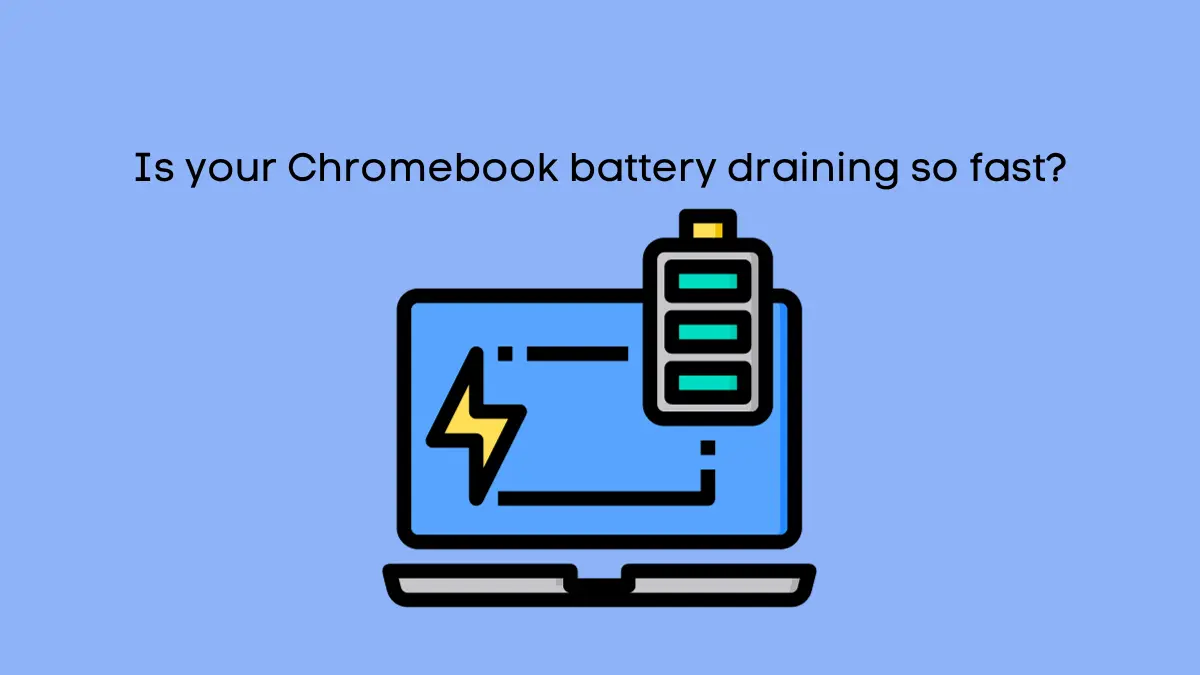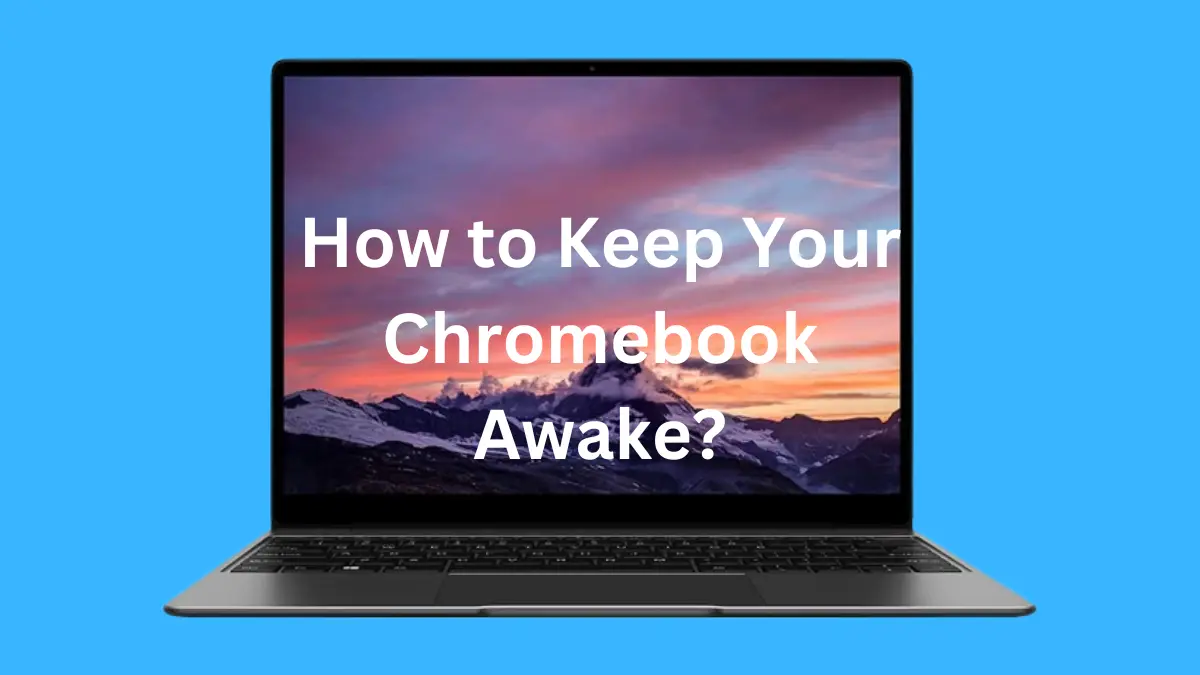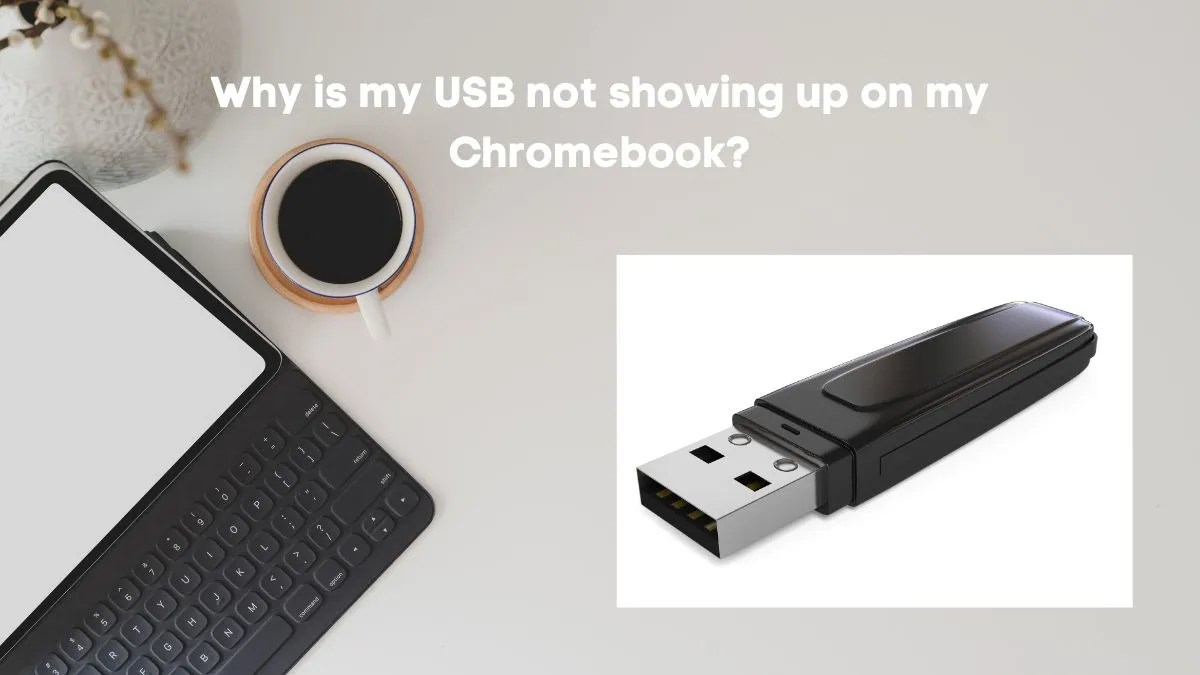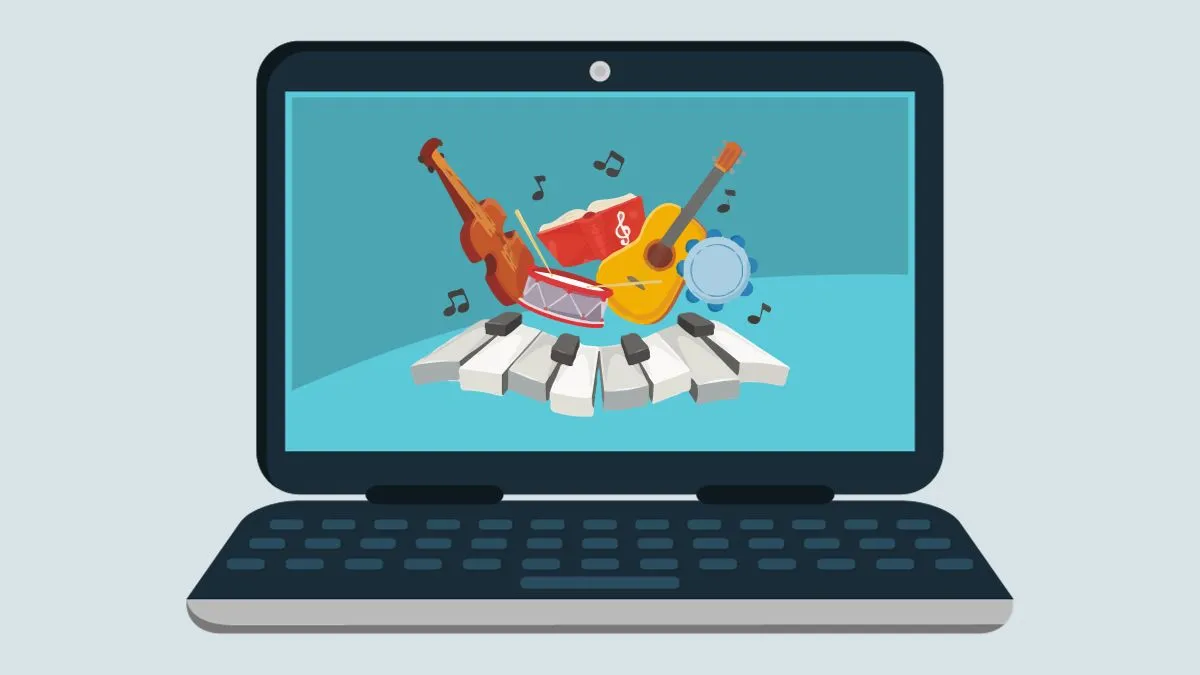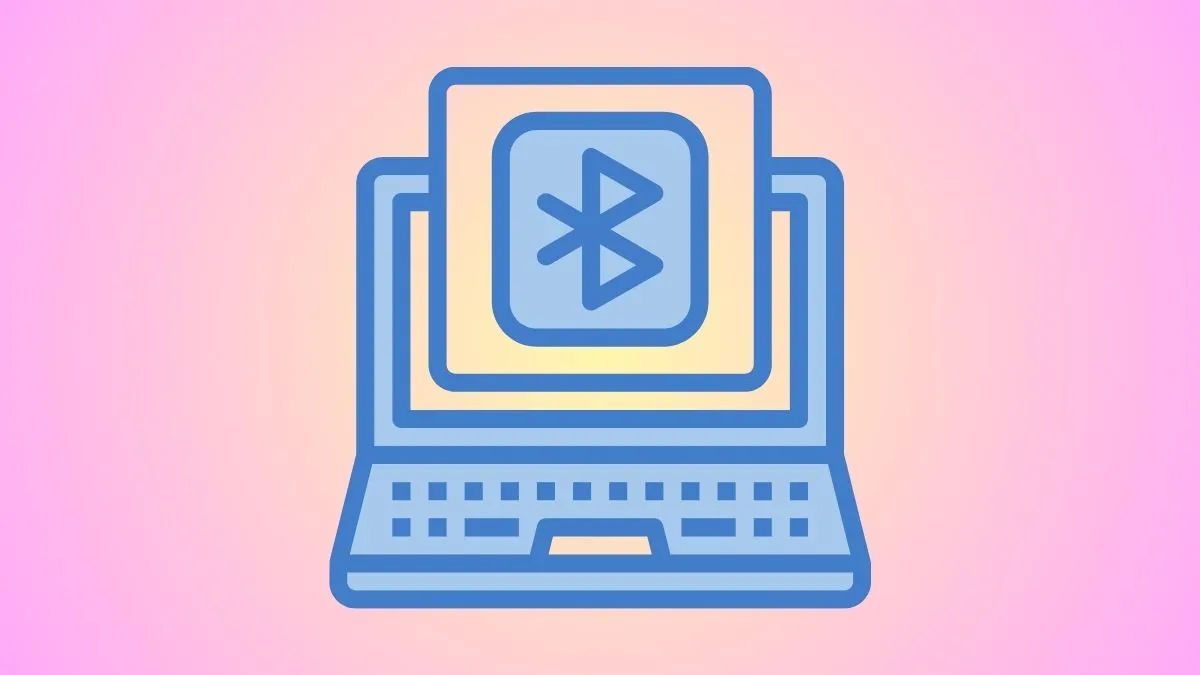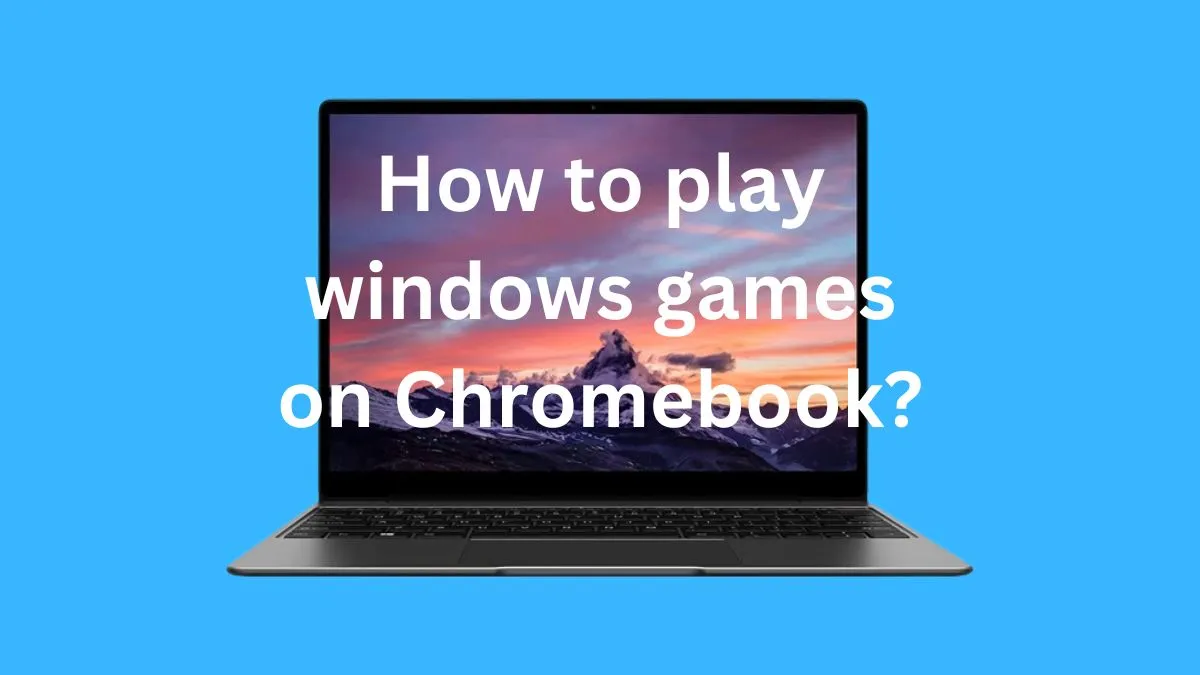In today’s world, technology has made it possible to connect any device to another without the use of cables. One such example is connecting a Chromebook to a TV without an HDMI cable.
This can be extremely beneficial especially when you want to watch something from your Chromebook on a bigger screen.
In this guide, we will explore different methods for connecting your Chromebook to a TV without using an HDMI cable.
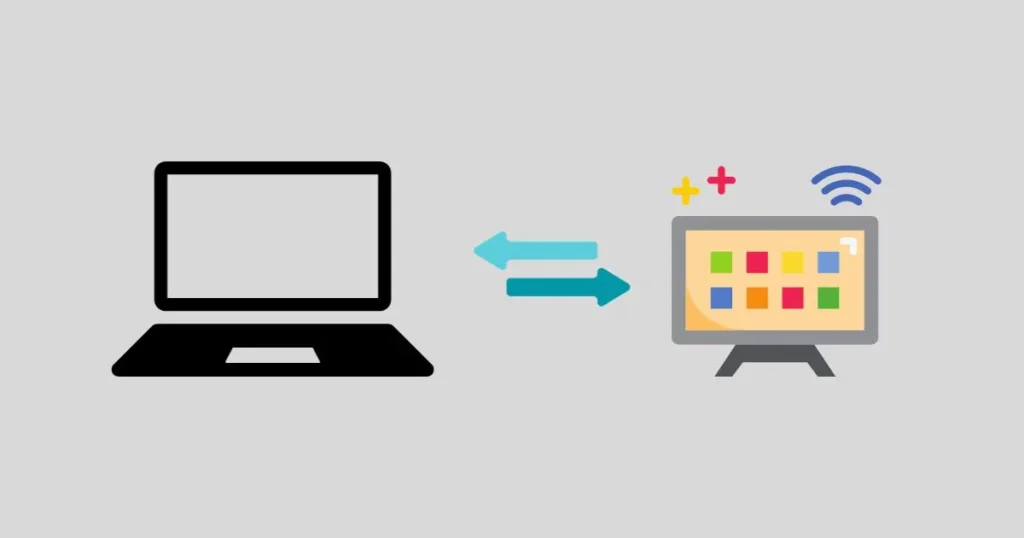
Method 1: Connecting via USB-C to HDMI cable
One of the easiest and most straightforward ways to connect your Chromebook to a TV is through a USB-C to HDMI cable.
Many newer Chromebooks come equipped with a USB-C port, which allows for both data transfer and video output. To use this method, follow these steps:
- Connect one end of the USB-C to HDMI cable to your Chromebook’s USB-C port.
- Connect the other end of the cable to an available HDMI port on your TV.
- Change the input source on your TV to the corresponding HDMI port.
- Your Chromebook’s display should now be mirrored on your TV.
Method 2: Connecting via Chromecast
Another popular method for connecting a Chromebook to a TV is through the use of a Chromecast device.
With this method, you can wirelessly stream content from your Chromebook to your TV using your home WiFi network. Follow these steps to connect your Chromebook to a TV using Chromecast:
Step 1:
Set up your Chromecast device
- Plug the Chromecast device into an available HDMI port on your TV.
- Connect the Chromecast to a power source using the provided USB cable and adapter.
- Follow the instructions on the screen to set up your Chromecast using the Google Home app on your Chromebook or smartphone.
Step 2: Cast from your Chromebook
- Make sure your Chromebook and Chromecast are connected to the same WiFi network.
- Open the content you want to stream on your Chromebook, such as a video or presentation.
- Click on the Cast icon in the top right corner of your Chrome browser.
- Select your Chromecast device from the list of available devices.
- Your Chromebook’s display will now be mirrored on your TV.
Method 3: Connecting via VGA or DVI Adapter
If your TV does not have an HDMI port, you can still connect your Chromebook using a VGA or DVI adapter. These adapters allow you to convert the USB-C port on your Chromebook into a VGA or DVI output.
Follow these steps to connect your Chromebook to a TV using a VGA or DVI adapter:
- Purchase a USB-C to VGA or DVI adapter.
- Connect the adapter to your Chromebook’s USB-C port.
- Connect the other end of the adapter to an available VGA or DVI port on your TV.
- Change the input source on your TV to the corresponding VGA or DVI port.
- Your Chromebook’s display should now be mirrored on your TV.
Method 4: Connecting Wirelessly through Screen Mirroring
If you have a newer TV with built-in screen mirroring capabilities, you can easily connect your Chromebook wirelessly without any additional devices or cables. Follow these steps to connect your Chromebook to a TV using screen mirroring:
- Turn on screen mirroring on your TV by going to the settings menu and selecting the screen mirroring option.
- On your Chromebook, click on the bottom right corner of the screen to open the system tray.
- Click on the Cast button and select your TV from the list of available devices.
- Your Chromebook’s display will now be mirrored on your TV.
How do I enable HDMI on my Chromebook?
If you are having trouble connecting your Chromebook to a TV using HDMI, it is possible that the HDMI port on your Chromebook is disabled. To enable it, follow these steps:
Step 1:
Go to Chromebook settings
- Click on the time in the bottom right corner of your screen.
- Select settings from the drop-down menu.
Step 2:
Enable HDMI output
- Scroll down and click on “Advanced” to expand the advanced settings options.
- Under “Device,” click on “Displays.”
- Toggle the switch next to “Enable HDMI input” to the on position.
- Your Chromebook’s HDMI port should now be enabled and you can use any of the methods mentioned above to connect it to a TV without HDMI.
Why won’t my Chromebook show on my TV with HDMI?
If you are having trouble connecting your Chromebook to your TV using an HDMI cable, there are a few possible reasons why it may not be working:
- Your HDMI cable may be faulty or damaged. Try using a different HDMI cable to see if that resolves the issue.
- Your Chromebook’s display settings may need to be adjusted. Go to Settings > Display and make sure the correct resolution is selected for your TV.
- Your TV may not support HDMI input from a Chromebook. Make sure to check the specifications of your TV before attempting to connect it to your Chromebook.
Conclusion
As you can see, there are several ways to connect your Chromebook to a TV without using HDMI.
Whether it’s through a USB-C to HDMI cable, Chromecast, VGA or DVI adapter, or screen mirroring, you can easily share your Chromebook’s display with a larger screen for better viewing and presentation options.
Experiment with these different methods and find the one that works best for you.
FAQs
Can you connect a Chromebook to a Roku TV?
Yes, you can connect a Chromebook to a Roku TV using the methods mentioned in this document, such as using an HDMI cable or screen mirroring.
However, keep in mind that there may be slight variations in the steps depending on your specific model of Roku TV.
Can I use a USB-C to HDMI adapter for my Chromebook?
Yes, you can use a USB-C to HDMI adapter to connect your Chromebook to a TV with an HDMI port. This is one of the most common and reliable methods for connecting Chromebooks to external displays.
Can I connect my Chromebook to multiple TVs at once?
Yes, you can connect your Chromebook to multiple TVs at once using Chromecast or screen mirroring.
However, keep in mind that this may affect the performance and quality of the display on both TVs. It is recommended to only connect to one TV at a time for optimal viewing experience.
Do all Chromebooks have HDMI ports?
No, not all Chromebooks have HDMI ports. Some models only have USB-C ports which can be used with adapters or dongles to connect to external displays.
Can I use an HDMI splitter with my Chromebook?
Yes, you can use an HDMI splitter with your Chromebook to connect it to multiple TVs at once. However, keep in mind that this may affect the quality and performance of the display on both TVs.
It is recommended to only use an HDMI splitter if necessary and to connect to one TV at a time for optimal viewing experience.
Will connecting my Chromebook to a TV affect its battery life?
Yes, connecting your Chromebook to a TV may slightly affect its battery life as it requires additional power for the external display.
However, this should not have a significant impact on the overall battery life of your Chromebook. Make sure to fully charge your Chromebook beforehand for longer viewing sessions.
